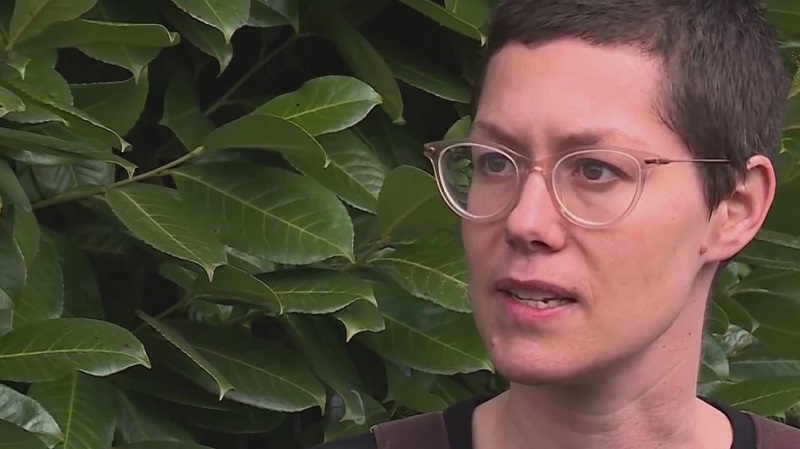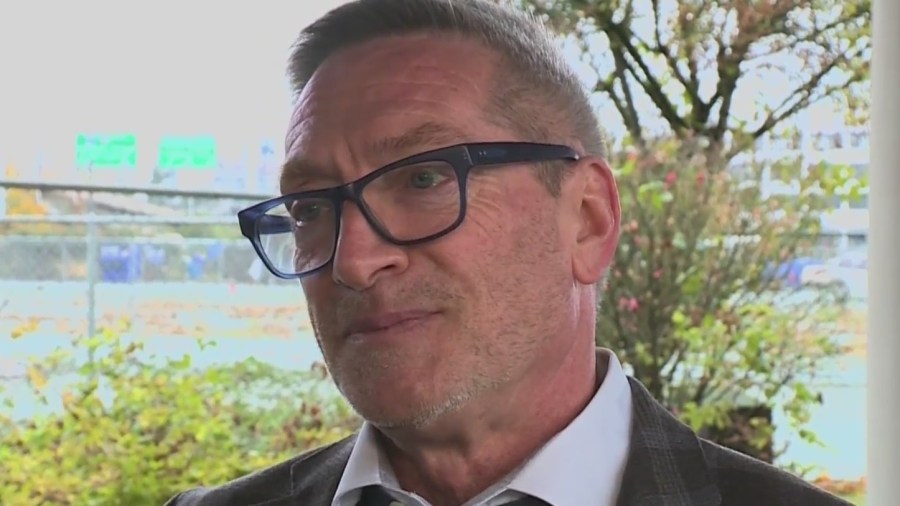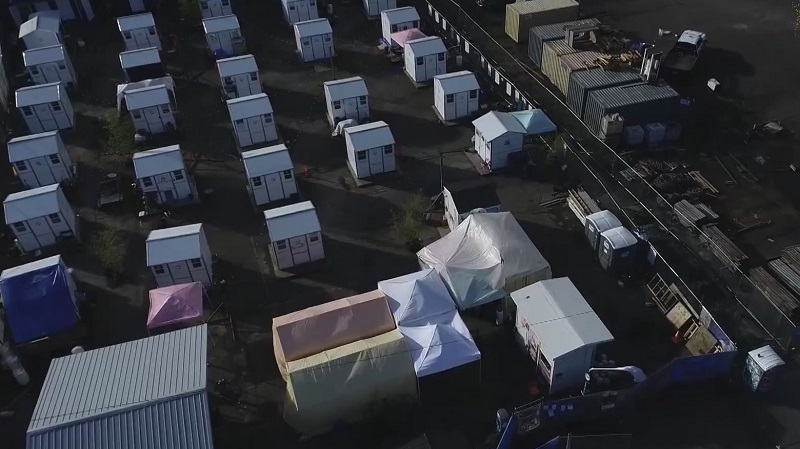PORTLAND, Ore. (KOIN) — The City of Portland is 7 months overdue opening the proposed Safe Rest Villages, created for people living in the harshest homeless camps. That has some neighbors who live near the proposed sites concerned for their own safety.
A resident named Kylie who lives near the proposed Safe Rest Village at the former Sears Armory near Multnomah Village told KOIN 6 News her biggest concerns “are that it is no or low barrier to entry.”
“Low barrier” means people who are possibly in the middle of harsh addiction. With 30 pods, it would look similar to villages that already exist in Portland’s Inner East Side and Old Town.

“Villagers don’t have to be sober and they don’t have to be seeking mental health treatment if they are suffering from mental illness,” Kylie said. “So for us, it really is about sobriety and an expectation of ongoing treatment.”
The criteria for who will be moved into Safe Rest Villages is such a part of the plan that it is spelled out in the title of the ordinance that created Safe Rest Villages. It reads: “Safe Rest Villages as alternatives to high-impact encampments.”
Among the criteria to define a high-impact homeless camp is “evidence of conspicuous drug use,” “the size of the camp” and “verified reports of violence or criminal activity.”
There are dozens of homeless camps considered high-impact by the city, including one just off I-5 at North Lombard.
In November, KOIN 6 News spoke with one man who was living at that camp. Though he declined to be identified, he described seeing a lot of crime.
“They’ve got to to something. Other it’s going to go down, down, down,” he said at that time. “The drugs or drug problem here, holy macaroni, I ain’t never in my life seen such a bad deal.“
If Portland is going to lift itself out of this homeless crisis, it has to find a solution for the most extreme situations.

City Commissioner Dan Ryan, who is spearheading the Safe Rest Villages and heads the Portland Housing Bureau, has to balance the safety of neighbors.
“Now we are here to provide some viable hope that we’ll see some solutions and actually move people off the streets and into housing successfully,” Ryan said.
Asked if the most drug-addicted and potential criminals will move from high-impact to these proposed villages, Ryan provided a nuanced answer.
“The case is you have to have people that are willing to actually receive some of the services. I do think that hopefully some will be people that are in the late stage of addiction that are willing to consider services, but I think it’s important that we have a real good mix,” he said.

To ease neighbors concerns, the city agreed to a 150-foot buffer zone around the Safe Rest Villages banning additional unsanctioned camps.
Ryan said there is certainly a strong “NIMBY” element — “not in my backyard.”
There are 7 proposed Safe Rest Villages, but only 6 add additional capacity because a pre-existing pod village on the Inner East Side is being moved to Southwest Naito.